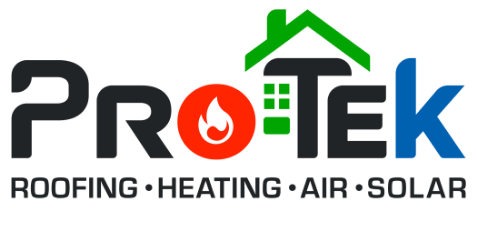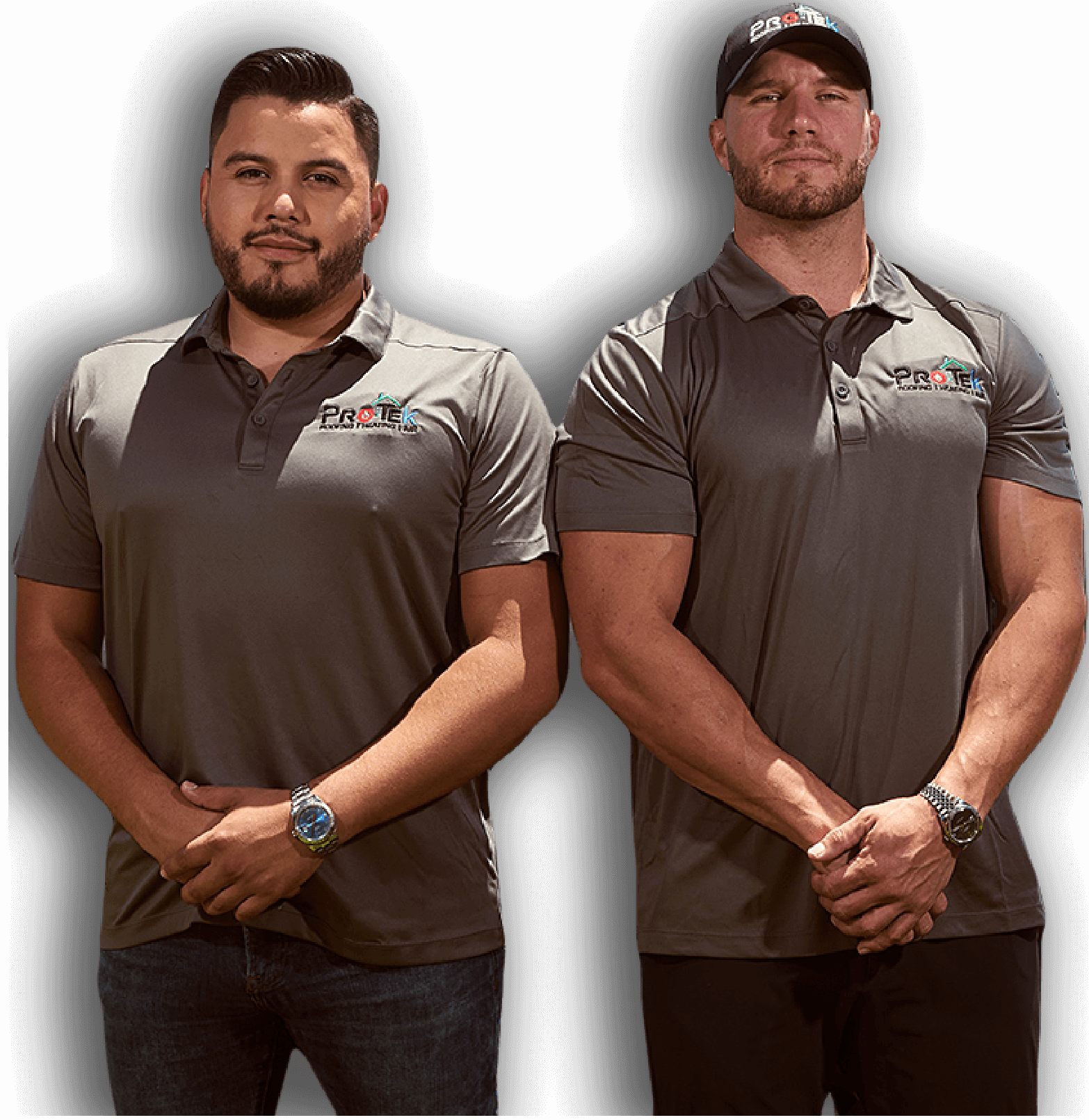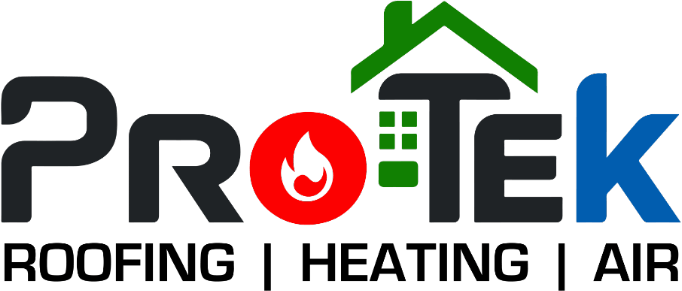Wind mitigation inspections are crucial in an area prone to strong winds and storms. Homeowners and insurance companies alike require wind mitigation inspections to assess a home’s vulnerability to wind damage. But what exactly is a wind mitigation inspection, and why is it necessary? Let’s take a look.
What Is a Wind Mitigation Inspection?
A wind mitigation inspection is an evaluation of the construction features of a home that are designed to reduce damage from high winds such as hurricanes. The inspection aims to provide insurance companies with information about how well the home can withstand these forces and what potential discounts may be applied to homeowner’s insurance premiums.
What Does the Inspection Cover?
A typical wind mitigation inspection covers items such as roof type, roof covering, roof deck attachment, secondary water resistance barrier, opening protection (such as shutters or impact-resistant glass), exterior walls and framing, garage doors, and interior wall bracing. All of these elements should be in compliance with standards set by the Florida Building Code for areas prone to high winds, such as hurricanes.
Who Conducts the Inspection?
Wind mitigation inspections are typically conducted by qualified home inspectors trained in assessing homes’ hurricane-related features. The state must also license them to conduct wind mitigation inspections in order to be eligible for certifying properties for discounts on homeowners’ insurance policies. Additionally, they must follow all regulations set forth by their respective states when it comes to performing this type of work.
Preparing for Your Wind Mitigation Inspection
Let’s look at some of the key steps to prepare for a wind mitigation inspection.
Gather Your Documents and Paperwork
The inspector will want to see all relevant documents and paperwork related to your home and its construction. This includes building permits, roofing certificates, construction plans, and elevation data. If you don’t have these documents on hand, contact your local building department or county office as soon as possible so they can provide you with the information you need.
Clear Out Any Obstructions
Your inspector may need access to areas like the attic or any other part of the house where obstructions could interfere with their work. Before they arrive, ensure all items are removed from those areas, so nothing blocks their view or gets in their way while conducting their inspection.
Check for Damage
To get an accurate assessment of your property’s risk level, it’s important that any existing damage is noted before the inspector arrives. Check all doors and windows for signs of damage like loose frames or broken glass that needs to be repaired before they arrive so they can get an accurate picture of what needs to be done in order to protect your home against hurricane-force winds.
The Benefits of a Wind Mitigation Inspection
A wind mitigation inspection can save you money on homeowner’s insurance premiums. Depending on the condition of your roof and overall structure, you may qualify for discounts on your insurance premium, potentially saving you hundreds of dollars each year. Furthermore, if any issues are revealed during the inspection process, those repairs can be made before they become bigger problems. This will save you both time and money in the future as well as ensure that your home is safe from potential storm damage.
Another benefit of having a wind mitigation inspection is that it gives you peace of mind knowing that your home is secure against potential storm damage. The inspector identifies weak spots in your construction that could make it more vulnerable to strong winds or debris during storms. By making sure those areas are up to standards, you can have confidence knowing that your house has been inspected by professionals who have taken steps to protect it during storms or other inclement weather events. It also allows you to stay updated on any changes in building codes or regulations so that you stay compliant with local laws regarding storm protection for homes in your area.
A third benefit of a wind mitigation inspection on your property is improved home value. Having an up-to-date wind mitigation inspection report can help increase the value of your home if you decide to sell it in the future because potential buyers will know that their new property has been evaluated for potential risks associated with high winds and that any necessary improvements have been made accordingly. This makes it easier for them to feel comfortable making such a large investment, knowing their new home has been protected against possible destruction due to severe weather conditions.
Finally, having a wind mitigation inspection done gives you an opportunity to learn more about how best to protect your home from wind damage in the future. The inspector will provide detailed information about what needs to be done in order to improve the structural integrity and reduce potential risk factors associated with high winds or flying debris during storms. This knowledge is invaluable when it comes time to decide how best to prepare for future storms and protect your property from damage caused by strong winds or flying debris such as hail or broken tree branches.
What to do After a Wind Mitigation Inspection
Here’s an overview of what you should do once you have the results of your Wind Mitigation Inspection in hand.
Understanding Your Report
After receiving your report, take some time to understand it fully. Most reports will contain information on any weaknesses identified during the inspection and recommendations on how to strengthen them. Please pay particular attention to these areas, as they could mean lower insurance rates down the line. If you’re unsure about anything in your report, don’t hesitate to contact a professional for clarification or advice.
Making Repairs
Once you’ve read and understand your report, it’s time to start making repairs where necessary. Depending on the severe weaknesses, this could involve anything from installing additional window shutters and reinforcing doors and garage doors to installing straps or clips for roof sheathing and wall bracing, among other things. Ensure any repair work is completed by a qualified contractor experienced with wind mitigation inspections and who understands all local building codes for hurricane-prone areas.
Updating Your Homeowner’s Insurance Policy
Once all repairs have been completed, make sure that you inform your insurance company so that they can update your policy accordingly and issue you with a new Certificate of Insurance showing any new discounts or credits (if applicable). Having an up-to-date insurance certificate is especially important if you plan on selling or refinancing your home at some point down the line, as this will be required by either potential buyers or lenders when applying for financing.
Get in Touch With Professionals Today!
As a leading provider of roofing, cooling, and heating services in Tampa, FL and the surrounding areas, Protek Roofing, Heating, Air & Solar is committed to providing top-notch quality and excellence. Not only do we focus on keeping your home comfortable year-round, but we also offer indoor air quality services to ensure your health for years to come. We understand that maintaining a clean and safe interior can be challenging and stressful, so our experienced professionals are always here to help. Call Protek Roofing, Heating, Air & Solar today to take advantage of our reliable services and experience the peace of mind that comes with knowing your home is cared for.




